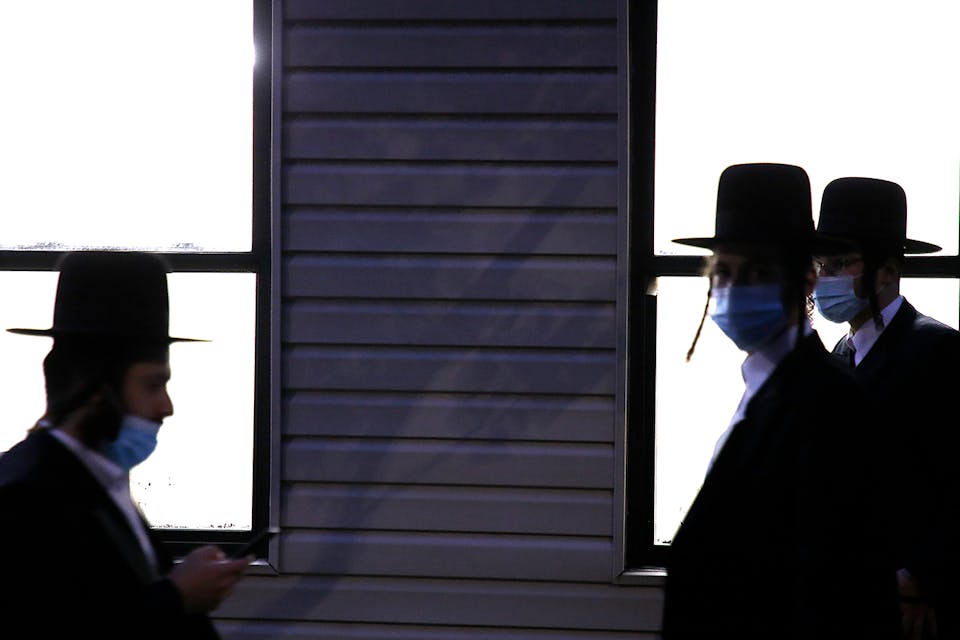
March 15, 2021
What Happened in Lakewood
Why American Ḥaredim have responded so differently from other Jews to the pandemic.
“It is not difficult to build a sanctuary,” wrote the great 19th-century German rabbi Samson Raphael Hirsch. “It requires a moment of inspiration and a mood of generosity. But it is much more difficult to generate an enduring enthusiasm to be retained for years—or even a lifetime. Without such support, the structure itself would remain cold and lifeless. Enthusiasm for the Sanctuary must never subside. The Sanctuary and its goals must never be considered out of date.”
Hirsch, the pioneer of synthesizing modern secular culture with Orthodox Judaism, was writing about the annual half-shekel donation for the upkeep of the Jerusalem Temple, deriving from this commandment—observed only symbolically in the Temple’s absence—a vital lesson about the role of the synagogue.
In writing the story of how the COVID-19 pandemic has changed Jewish communal life in in the U.S., Jack Wertheimer acknowledges that in his research he did not attend to the dramatically different effects it had on American Ḥaredim. But an examination of the latter can be instructive in making sense of the broader situation of American Jewry. In providing such an examination, based on my own experiences, I also hope to correct misconceptions about ḥaredi life during the pandemic, and to explain why Ḥaredim insisted on keeping their houses of worship open while others were closed. But first it’s necessary to say something about the ḥaredi conception of the synagogue, which is different from that of other American Jews.
Responses to March ’s Essay
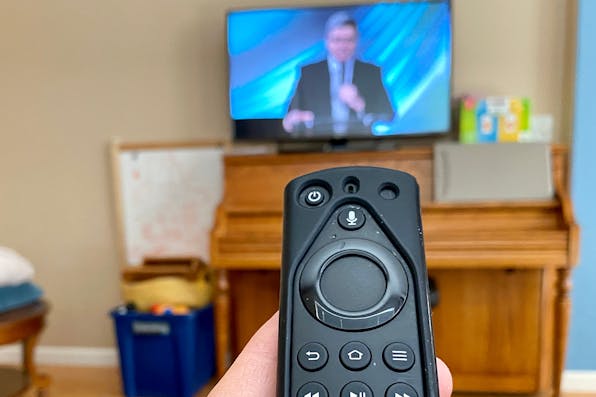
March 2021
Lessons for Streaming Synagogues from the Evangelical Experience
By Andrew T. Walker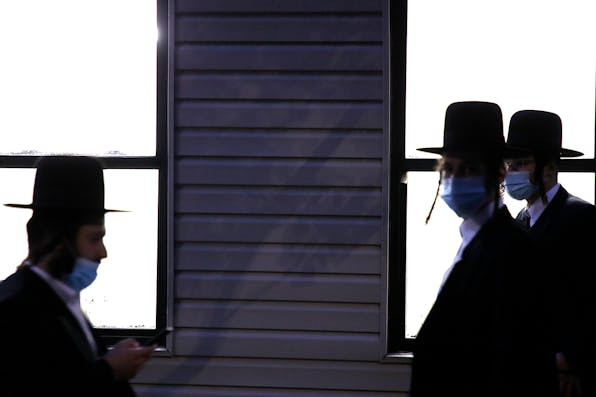
March 2021
What Happened in Lakewood
By Eli Steinberg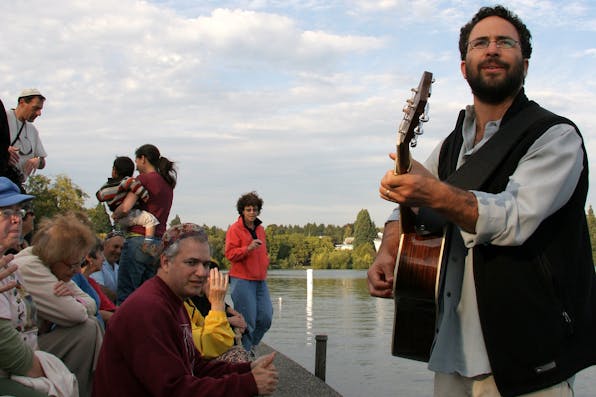
March 2021
The Opportunity of the Pandemic for Liberal Synagogues
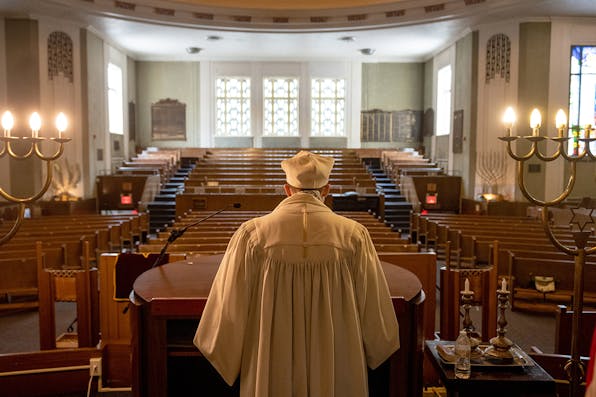
March 2021
What the Coronavirus Has Shown—and Concealed—about the Long-Term Health of America’s Many Synagogues
By Jack Wertheimer